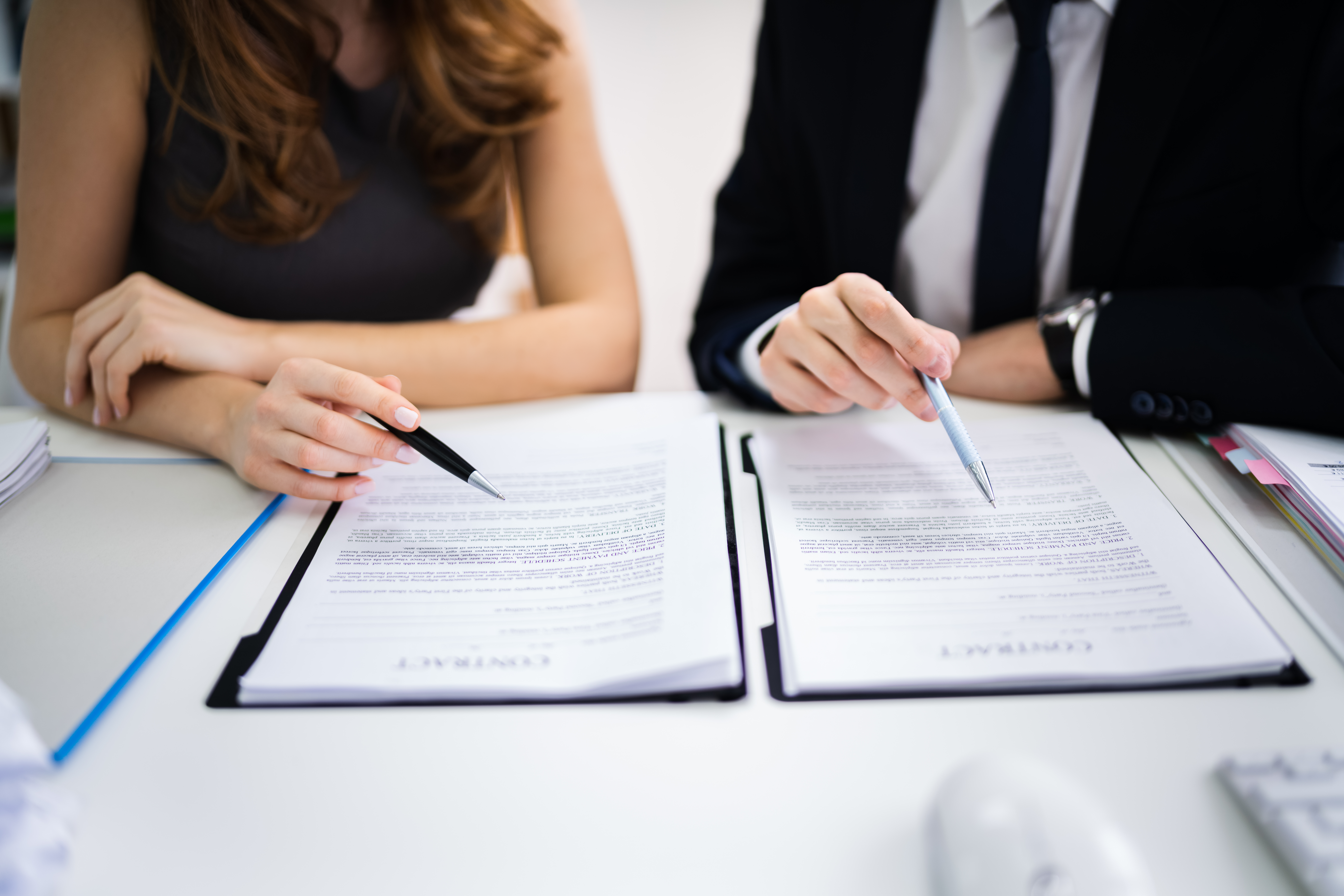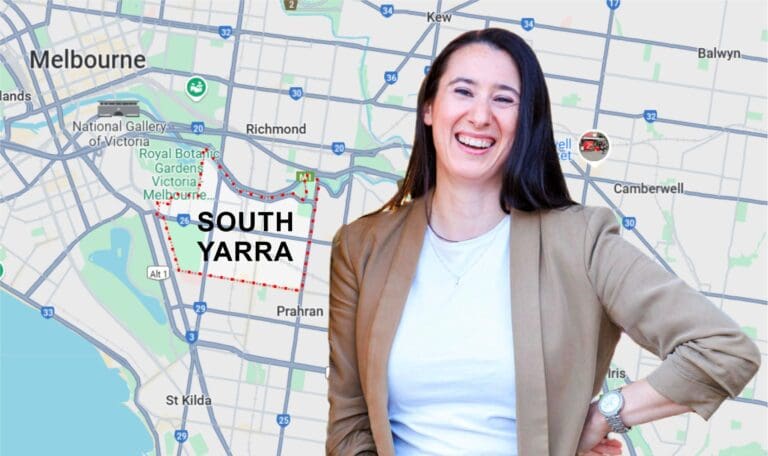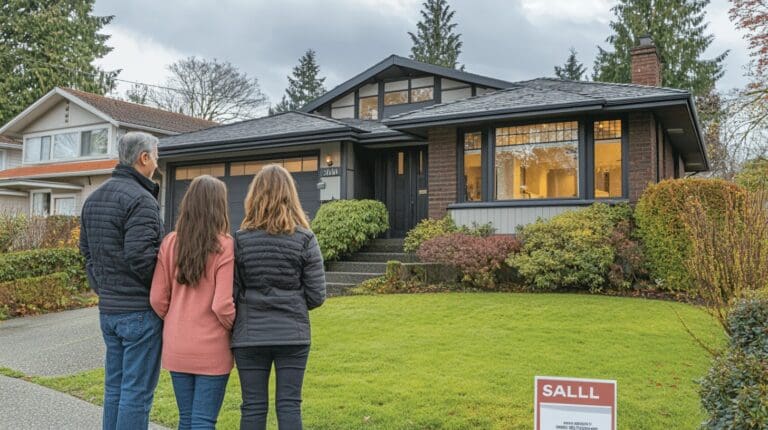Are you thinking about buying or selling a property? Are you curious about how conveyancing works?
We’re going to walk you through each step of the conveyancing process, starting from getting the contract of sale ready all the way to what happens after settlement. We’ll chat about why conveyancing matters, how much it might set you back, how long the whole thing usually takes, and whether you need a conveyancer or lawyer in your corner. Stick around to get the lowdown on everything you need to know about conveyancing!
What is Conveyancing?
In terms of property transactions, you’re stepping into the world of conveyancing – the legal process of transferring property ownership from the seller to you, the buyer. This involves a bunch of steps, like getting all the necessary paperwork ready, doing thorough searches, and making sure every legal box is ticked.
The whole shebang usually kicks off with both parties exchanging contracts, laying down the nitty-gritty of the sale. Once that’s sorted, it’s time to dig into the property’s title deeds to check for any red flags that could throw a spanner in the works. Searches come next to confirm the property’s boundaries, any restrictions, and whether there are any legal loose ends to tie up.
Weave your way through steps with care to make sure both you, the seller, and the buyer are well-protected. It’s all about making that property transfer smooth sailing and totally above board.
Why is Conveyancing Important?
Conveyancing is essential in any property transaction because it ensures that all legal obligations are met, protects the legal rights of both you as the buyer and the seller and helps prevent potential property disputes.
When you’re working with a conveyancer, they’ll dive into thorough searches and investigations to uncover any issues that could impact the property, like outstanding debts, boundary disputes, or restrictive covenants.
The conveyancing process is a must for both parties as it helps steer clear of pricey legal messes and ensures a smooth handover of ownership. Your conveyancer will offer up important legal advice on things like contracts, mortgage agreements, and following local regulations, giving you peace of mind throughout the transaction.
9 Steps of the Conveyancing Proces
In the conveyancing process, you’ll find yourself doing everything from getting that contract of sale ready to handling the final settlement and tying up loose ends after everything is said and done. It’s all about making sure that the transfer of properties, whether residential or commercial, goes off without a hitch.

Step 1: Preparing the Contract of Sale
The first step in the conveyancing process is preparing the contract of sale, which will outline the terms and conditions of the property sale.
The contract of sale is a big deal because it lays out all the important details, such as:
- property price,
- deposit amount,
- settlement date,
- any special conditions agreed upon by you and the seller.
Your conveyancer will put together your contract to make sure all legal requirements are covered. The contract of sale guarantees avoiding any misunderstandings or disputes during the property transfer process.
Step 2: Conducting Searches and Enquiries
When you’re looking into a property, you need to do some digging. Start with a title search and check land registry records. And don’t forget a solid property inspection.
Title searches spill the beans on who’s owned the property before any lingering mortgages, liens, or easements. It’s like a background check for the seller’s right to sell. Meanwhile, land registry records spill the tea on any encumbrances or restrictions, giving you the lowdown on the property’s legal standing.
Going in for a thorough property inspection helps you spot any physical red flags like wonky structures, critter infestations, or safety no-nos. You’re basically putting on your property detective hat and protecting yourself from any legal or physical headaches down the road.
Step 3: Negotiating the Contract
When negotiating the contract, you must have a conveyancer by your side to give you the legal lowdown and make sure that the terms are fair for both you and the other party in the property deal.
During the negotiation dance, you and the seller will be tossing offers back and forth like a game of catch. Your conveyancer is the secret weapon here, cutting through the legal mumbo jumbo and ensuring that everyone’s on the same page about what the contract means. With the right legal guidance, you and the seller can waltz through the negotiation process with confidence, knowing that your backs are covered. Being upfront about everything and having a good grasp of the legal nitty-gritty, you will make the transaction smoother and reach a deal that everyone’s happy with.
Step 4: Exchange of Contracts
When you exchange contracts, that’s the moment your property deal gets real. You and the other party both sign the contract with your conveyancers or lawyers present.

This step is a big deal in the property-buying process. It shows that you and the seller are committed to moving forward with the deal based on what’s laid out in the contract. Legally, once contracts are exchanged, you’re on the hook to see the sale or purchase through. The exchange of contracts also locks in important stuff like the price you’ve agreed on, the completion date, and any special conditions in the contract.
Make sure you’ve got your finances locked in and are good to go if you’re the buyer. And if you’re the seller, start getting ready to move out once everything’s complete.
Step 5: Paying the Deposit
When you’re buying a property, don’t forget that paying the deposit is a key step in the process. It’s usually a percentage of the property price and shows that you’re committed to following through on the legal requirements of the sale.
In real estate deals, the deposit amount can vary, but it’s typically around 5-10% of the total property price. You’ll usually need to make this payment shortly after both parties sign the sales contract, marking the beginning of the purchase journey. The deposit is a way for you to demonstrate your good faith as a buyer and gives the seller some assurance that you’re serious about completing the sale.
Step 6: Preparing for Settlement
When preparing for settlement, you need to get all your legal documents in order, coordinate with financial institutions, and make sure everything in the property transaction meets the conditions.
In this phase, your conveyancer is the MVP, handling communication between you, the seller, and anyone else involved. They’ll dig into title searches, check that the property is legally clean, and sort out all the ownership transfer documents.
Managing transactions with care is key to avoiding any last-minute headaches. Your conveyancer will also arrange property inspections, tackle any remaining issues, and tie up all the financial loose ends to ensure the settlement process goes off without a hitch.
Step 7: Final Inspection
During the final inspection, you need to make sure that the property is in the condition you agreed upon and that all fixtures and fittings are as promised before the final settlement.
Check that all repairs and agreed-upon changes have been completed by the seller. Confirm all appliances and fixtures included in the sale are in good working order.
The final inspection gives you the chance to address any concerns before sealing the deal, protecting your legal rights laid out in the purchase agreement. Lower the risk of running into disputes or unexpected issues after the settlement is finalized.
Step 8: Settlement Day
Settlement day is when you make final payments, exchange legal documents, and officially transfer the property ownership, signaling the end of the property settlement process.

On settlement day, you and the seller, along with your legal representatives, come together to seal the deal. Your lawyer or conveyancer ensures that the funds are transferred to the seller’s legal representative. Concurrently, the seller hands over all keys, from the property keys to the mailbox keys and any other extras mentioned in the contract. Once the documents and keys are exchanged, the property transfer is a done deal, and you officially become the proud owner of your new place.
Step 9: Post-Settlement
After the settlement, you need to wrap up any loose ends by finalizing legal documents, updating the land registry, and making sure the ownership transfer is properly documented. Stay on top of updating your legal records post-settlement to protect your ownership rights and meet all your legal obligations.
Here are the important steps you should take:
- Notify the relevant authorities about the change in ownership
- Update your property tax records
- File any necessary paperwork to show the transfer of title
If you skip post-settlement tasks, you might run into problems down the line, like property rights disputes or financial issues. Be proactive and thorough when updating your legal documentation for a seamless transition of ownership.
What Are the Costs Involved in Conveyancing?
In terms of conveyancing, you’re looking at a whole bunch of costs. You’ve got your legal fees, disbursements, and government charges, and don’t forget about extra costs that might pop up during the property transfer.
1. Legal Fees
Conveyancing lawyers charge legal fees for conveyancing services in managing your property transaction.
Fees include:
- doing property searches,
- checking contracts,
- dealing with money matters,
- getting legal documents ready.
The fees change based on how tricky the deal is, but they’re important for making sure the property changes hands smoothly and legally.
2. Disbursements
Disbursements are the out-of-pocket expenses your conveyancer takes care of on your behalf. Costs cover title searches, land registry fees, and other necessary checks.
Disbursements are super important in the whole property transfer process because they make sure all the legal and administrative stuff is handled properly. Title searches are done to confirm who actually owns the property, while land registry fees are a must for getting the property officially registered in your name.
And don’t forget about other checks, like environmental and local authority searches – they help catch any potential issues that might affect the property’s value or future use.
3. Government Fees
Government fees include stamp duty and expenditures for registering the property transfer with the land registry, as required by property transfer laws.
Stamp duty: the amount you pay depends on your property’s value and location. If you’re in a fancy urban area with a high-priced property, be ready to shell out more for stamp duty.
Registration fees are also calculated based on your property’s value. You will pay registration fees to ensure official records reflect the new property owner accurately.
4. Additional Costs
You might encounter some extra costs like property inspections, mortgage fees, and other surprise charges that pop up during the property transaction. Property inspections are key to spotting any hidden issues that could end up costing you a pretty penny after you’ve already sealed the deal.
Don’t forget about mortgage fees – they’re the price you pay to secure that loan. Costs can vary depending on who’s lending you the money and the terms of the loan. And watch out for unexpected charges like appraisal fees or legal expenses that might catch you off guard during the transaction.
To stay ahead of additional costs, it’s smart to stash away a contingency fund. That way, you’ll be ready to handle any unexpected expenses that pop up along the way.
How Long Does Conveyancing Take?
The conveyancing process usually takes about 6 to 8 weeks from the moment the offer is accepted until the property settlement date. But hey, this timeline can shift depending on a bunch of different factors.
Things like:
- how intricate the property title is,
- how quickly everyone involved responds,
- unexpected hiccups during inspections or searches,
- how smoothly the legal and financial stuff is handled
can mess with the conveyancing timeline. In the beginning, when you’re hammering out and swapping contracts, make sure every single detail is spot-on and agreed upon by both you and the other party.
Then, when you’re moving into property searches, surveys, and sorting out your finances, stay on the ball to avoid any delays.
Keep things neat and tidy, chat openly with your conveyancer, and deal with problems as soon as they pop up. Doing all that will help make your property conveyancing process run like a well-oiled machine.
Do I Need a Conveyancer or a Lawyer?
Conveyancers are the go-to folks for property law and know all the details of property transfers like the back of their hand – contracts, titles, settlements, etc.
Property lawyers bring a broader legal know-how to the table. They offer more exhaustive legal advice. If your deal throws curveballs like boundary disputes, leasehold woes, or any other legal tangles your way, a lawyer might be the better fit.
So, think about what your property deal calls for and how much legal backup you need when weighing up your options between a conveyancer and a lawyer.
What Should I Look for in a Conveyancer or Lawyer?
When you’re choosing a conveyancer or lawyer, make sure you find someone who specializes in conveyancing, has experience, clear conveyancing fees, and a good grasp of legal requirements.

A great way to assess whether a conveyancer or lawyer is right for you is by looking into their background. Check out their qualifications, make sure they’re licensed, and see if they belong to any professional organizations.
Getting recommendations from friends, family, or real estate agents can also give you some valuable insights into how reliable and reputable a conveyancer is. Take the time to understand the range of services different professionals offer to make sure they match up with what you need and expect.
Frequently Asked Questions
What is step-by-step conveyancing?
Step-by-step conveyancing is the process of legally transferring ownership of a property from one person to another. This involves various legal and administrative tasks, such as property searches, contract preparation, and exchange of funds.
Do I need a conveyancer for step-by-step conveyancing?
While it is not a legal requirement, it is highly recommended to hire a licensed conveyancer or conveyancing lawyer to handle the complex legal aspects of step-by-step conveyancing. They can ensure that all the necessary steps are followed correctly and efficiently.
What are the key steps involved in step-by-step conveyancing?
The key steps involved in step-by-step conveyancing include property searches, contract preparation, exchange of contracts, and completion. Each step has its own requirements and timelines, which can vary depending on the specific circumstances of the transaction.
How long does step-by-step conveyancing take?
The length of time for step-by-step conveyancing can vary greatly, but it typically takes around 8 to 12 weeks from the initial instruction to completion. However, this can be affected by factors such as the complexity of the transaction, delays in obtaining necessary information, and the speed of the parties involved.
What are the costs associated with step-by-step conveyancing?
The costs of step-by-step conveyancing can vary depending on the complexity of the transaction and the fees charged by the chosen conveyancer or lawyer. It is important to get a detailed breakdown of all costs involved before proceeding with the process.
What happens if there are issues or delays during step-by-step conveyancing?
If there are any issues or delays during the conveyancing process, it is important to communicate with your conveyancer or lawyer and the other party involved to find a solution. In some cases, the process may be delayed or canceled, but your conveyancer can advise you on the best course of action to take.
Get your quote today.
Relax knowing our experts are handling your property conveyancing.









